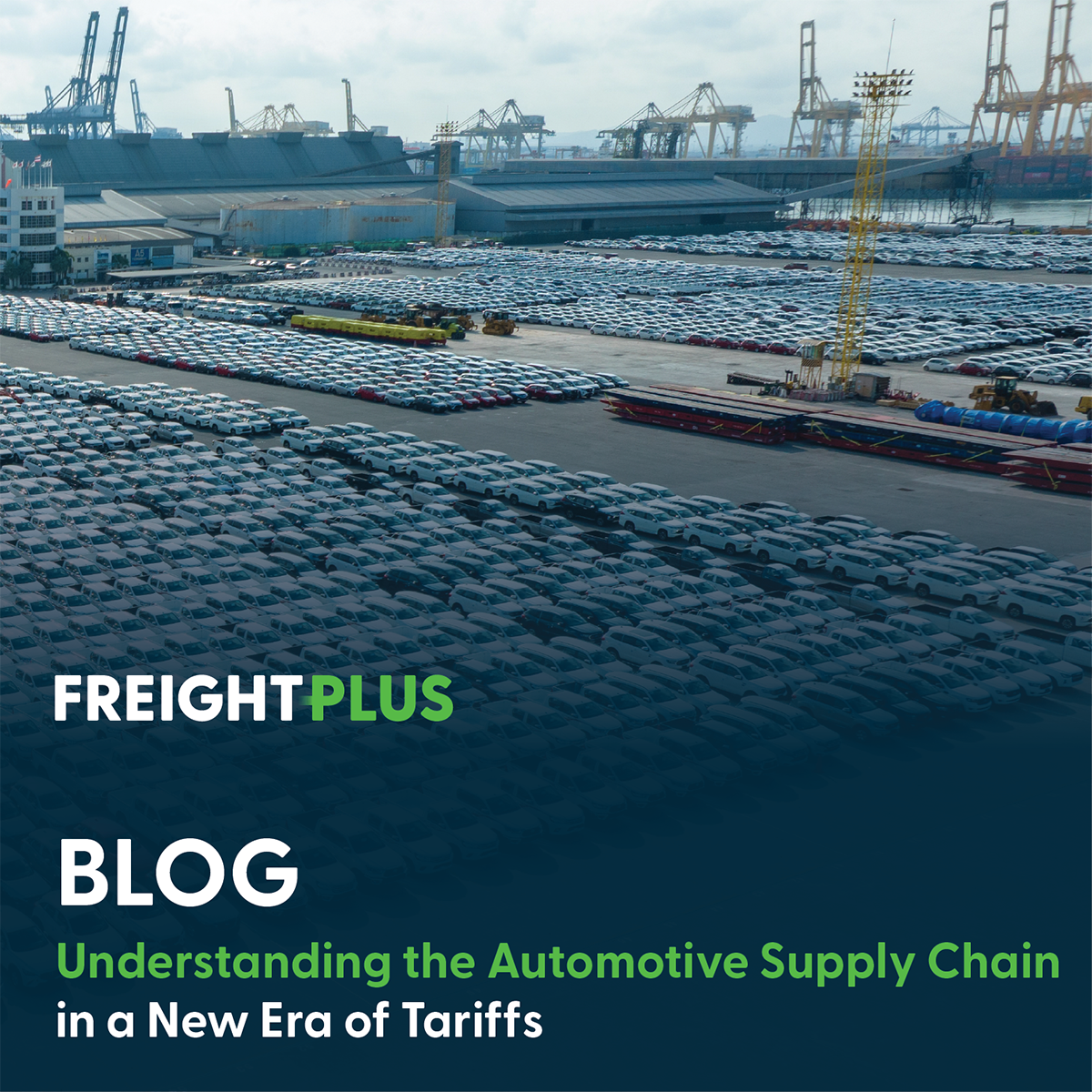The automotive supply chain is entering another period of disruption. On March 27, President Donald Trump signed an executive order imposing a 25% tariff on vehicles and certain auto parts imported into the U.S., effective April 2.
The tariff applies to imported sedans, SUVs, crossovers, minivans, cargo vans, and light trucks, along with key components such as engines, transmissions, powertrain parts, and electrical systems. While USMCA-compliant parts are temporarily exempt, this exemption is only in place until systems are established to apply the tariff to the value of non-U.S. content—no later than May 3. To qualify under the United States-Mexico-Canada Agreement (USMCA), a vehicle or auto part must meet several requirements: 75% of the content must originate from the U.S., Mexico, or Canada; 40–45% of the content must be produced by workers earning at least $16 per hour; and 70% of the steel and aluminum must be sourced from North America
What the Tariffs Mean for the Automotive Supply Chain
The global nature of the automotive supply chain means even minor policy changes can ripple across production networks. With the introduction of new tariffs, many manufacturers and suppliers are already reassessing their sourcing strategies, evaluating where components come from and how they align with USMCA requirements.
In this chart by AllAmerican.org, you can see how automakers are currently sourcing key components—and how those sourcing decisions relate to the USMCA content rules.

The data offers a snapshot of where shifts may be needed as manufacturers work to remain compliant while navigating added tariff pressure.
Here’s what’s changing:
- Cost Pressure: The 25% tariff adds immediate cost to imported vehicles and components, impacting both OEMs and suppliers.
- Supplier Realignment: Many manufacturers are re-evaluating suppliers, looking to reduce exposure to tariffed parts or shift to domestic production where feasible.
- Increased Transit Times: Customs processing and new certification requirements will likely slow down cross-border movement, especially for parts moving from Canada and Mexico.
- Capacity Tightening: Shifting more freight to U.S. carriers to avoid international routes adds pressure to an already strained domestic trucking market.
Mexico and Canada remain critical trade partners. In 2023, 76% of vehicles built in Mexico were exported to the U.S., along with 93% of vehicles produced in Canada. These volumes reflect how deeply intertwined the supply chain has become across North America.
Recent Industry Moves Reflect Long-Term Shifts
While the tariffs add short-term uncertainty, many automakers have already begun investing in domestic operations to improve resilience.
- Hyundai announced a $21 billion investment in U.S. operations, including a $5.8 billion steel plant in Louisiana to support vehicle production in Georgia and Alabama.
- Tesla revealed plans to invest nearly $200 million into a facility near Houston to expand its production capabilities.
These developments signal a broader shift toward regionalization in manufacturing. However, adjusting logistics and supply chain operations to support this shift takes time and coordination—especially for auto parts suppliers that have long relied on cross-border trade.
Why Transportation Strategy Matters Right Now
Automotive suppliers operating under just-in-time models—or the just-in-case strategies many adopted during the COVID era—can’t afford uncertainty in their freight networks. Whether sourcing materials, shipping parts to OEMs, or adjusting to new supplier relationships, reliable and responsive transportation remains essential to keeping production on track.
Building a flexible transportation strategy—one that can adapt to changing trade regulations, capacity fluctuations, and supplier shifts—is essential. This includes:
- Establishing contingency plans for cross-border shipments
- Monitoring real-time performance to avoid line-down situations
- Re-evaluating modes and lanes to optimize for both speed and cost
- Staying informed on trade policy updates and enforcement timelines
Companies that take a proactive approach to transportation will be better positioned to respond to this new phase of the automotive supply chain.
What This Means for Your Automotive Transportation Strategy
Tariffs are one of many factors reshaping how vehicles and parts move across borders. As the U.S. government enforces new trade measures, the operational impact on suppliers is immediate—and long-term strategies will need to evolve.
Understanding where your freight moves, how it’s impacted, and what alternatives exist is critical. While logistics can’t solve every challenge, a well-built transportation strategy helps auto parts manufacturers stay ahead of disruption.



